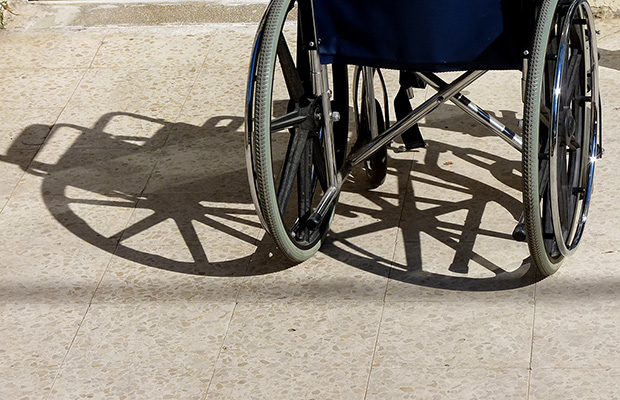
Medical
Treating Cerebral Palsy With Cannabis
Around 750,000 people live with cerebral palsy in the United States. A handful of studies suggest that marijuana might help treat the disease’s effects.
Cannabis has long been used medicinally to treat a variety of illnesses, and in recent years, much of the focus has been around the efficacy of cannabis in treating epilepsy. Anecdotal evidence has shown that patients with the seizure disorder who use cannabis may reduce or even eliminate their seizures altogether. With this knowledge, researchers are now wondering if the plant could be helpful to people with cerebral palsy (CP), a neurological condition that affects muscle coordination and body movement.
What is Cerebral Palsy?
Cerebral palsy can be caused by a traumatic brain injury, although most patients with the condition are born with it. There are currently around 750,000 people in the United States living with CP; the disorder can cause loss of motor control, pain, muscle spasticity, seizures or impairments in hearing, speaking or seeing. CP has no known cure and every individual case is different. For example, some patients may show mild symptoms while others may be confined to a wheelchair with limited ability to communicate.
Current treatments for CP are varying, since every patient is unique in their symptoms. The majority of doctors recommend a combination of physical, occupational and speech therapies, sometimes combined with medications. For those with muscle spasms affecting the entire body, powerful muscle relaxants (including Valium), may be prescribed. Opioid pain medications may also be used. Since these drugs can have several negative side effects, cannabis has emerged in recent years as a potential alternative.
How Could Cannabis Help People With Cerebral Palsy?
CP patients can suffer from a myriad of symptoms, as listed above. Medical marijuana is already being used to help people treat chronic pain, muscle spasms and insomnia — all of which people with cerebral palsy may suffer from. Additionally, cannabis may help ease depression, something that the disorder may cause due to its severity in potentially reducing quality of life.
While much more research needs to be done on the topic, there have been anecdotal incidences of cannabis helping those living with cerebral palsy. A 2007 case study published in Reviews in Neurological Diseases, focused on a 45-year-old male with both CP and epilepsy, found that the patient showed “marked improvement” with the use of cannabis. A 2012 study, funded in part by the National Institutes of Health, surveyed CP patients in order to analyze pain management interventions. Of the results polled, cannabis was rated the most effective pain management tool. However, only 5 percent of those sampled reported using the herb.
The most influential research conducted so far has been on the synthetic cannabinoid medications Sativex and Epidiolex, developed by GW Pharmaceuticals. A 2005 study found that Sativex (an oral spray containing a 1:1 ratio of THC to CBD) reduces spasticity in Multiple Sclerosis patients by over 20 percent. Epidiolex is made of pharmaceutical grade CBD and in recent trials has been shown to reduce seizures in subjects by 44 percent, compared to 22 percent with a placebo.
Who Is Fighting For Access?
One of the most famous advocates for medical cannabis for CP patients is Jacqueline Patterson, a mother of four who suffers from cerebral palsy herself. Her story was featured in a 2007 documentary entitled “In Pot We Trust” and chronicled her fight for medical cannabis after almost losing custody of her children due to pot possession. After being charged, a social worker advised Patterson to leave her home state of Missouri, where cannabis is still illegal. She uprooted her family to California to obtain cannabis legally, and continue her advocacy for medical marijuana patients.
“I’d be half the mother I am without [marijuana] because I’d be in too much pain,” Patterson said in the film. “I smoke to be the mother to my children that they deserve.”
What Does This Mean for the Future?
While more research is needed on the efficacy of cannabis for people with cerebral palsy, it is hoped that early evidence proves to be correct. While medical marijuana may not cure cerebral palsy, it could potentially relieve severe muscle spasms, pain, and seizures in patients – without the need of powerful prescription medications. However, as long as cannabis remains illegal on the federal level, it may be difficult to know the true potential the plant may have.
TELL US, in what ways do you use cannabis medicinally?





















